Emotionless, sterile, a soulless machine with the driving dynamics of a PlayStation sports car? Some of the harshest allegations thrown at the McLaren MP4-12C after its launch two years ago must have been deeply painful for its makers. And arguably untrue. In a short time and with a relatively small budget, McLaren had created a challenging mid-engined sports car that could compete with the top dogs – and in the same breath created a whole new brand of supercar. It was a duel with Ferrari, Italy against England, emotion versus precision. So it was inevitable that sparks were bound to fly and in the eyes of automotive journalists whose salaries depend on pithy headlines and operatic, testosterone-laden opinions, the cards were stacked in favour of the Ferrari 458 Italia.
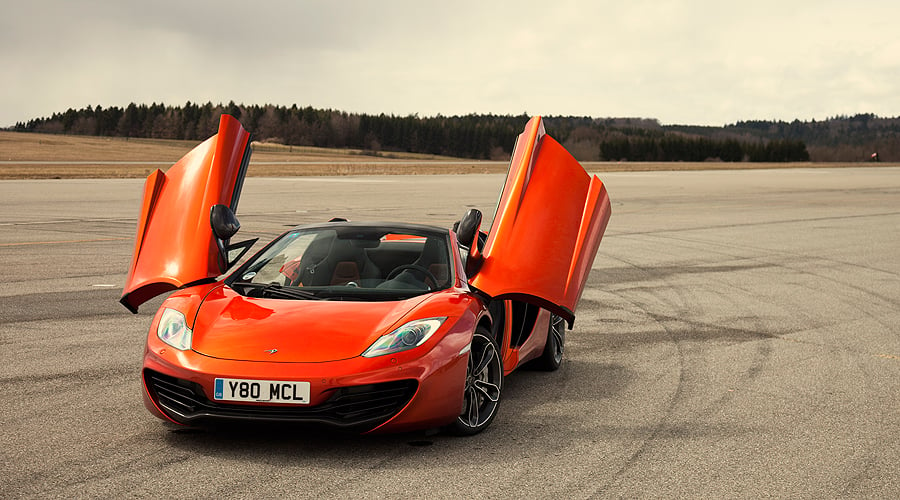
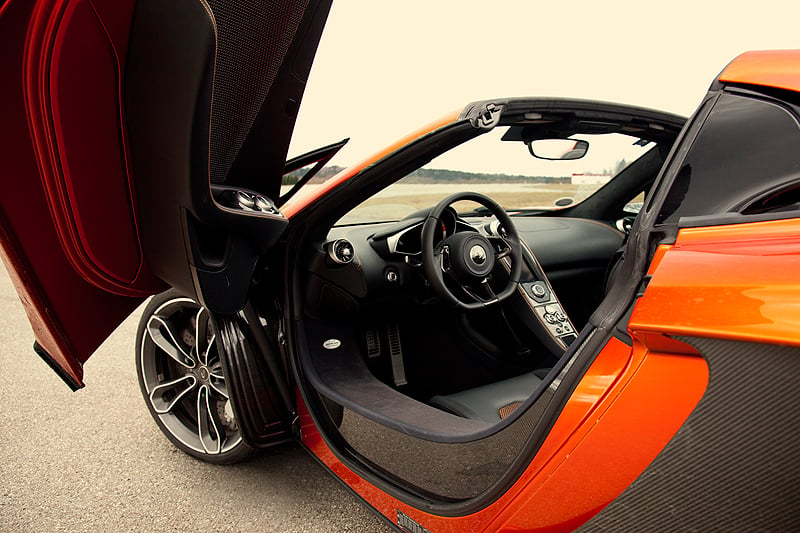
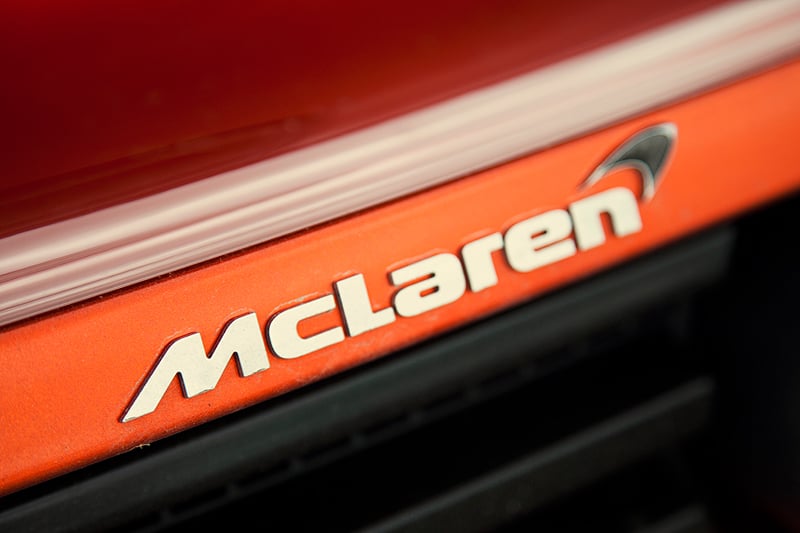
But Woking-based McLaren had the answer – and the coupé has now evolved into a dramatic Spider. They’ve not only removed the roof, they’ve even cut off half the dull and dry model name. Technically, however, it’s the same (excellent) package: in the rear sits an impressive 3.8-litre twin-turbo V8 with 616bhp, pushing the two-seater to 62mph in 3.1 seconds. In terms of its architecture, the McLaren is again a match for Ferrari with, instead of a soft top, a lightweight retractable hard top that opens in just 15 seconds.
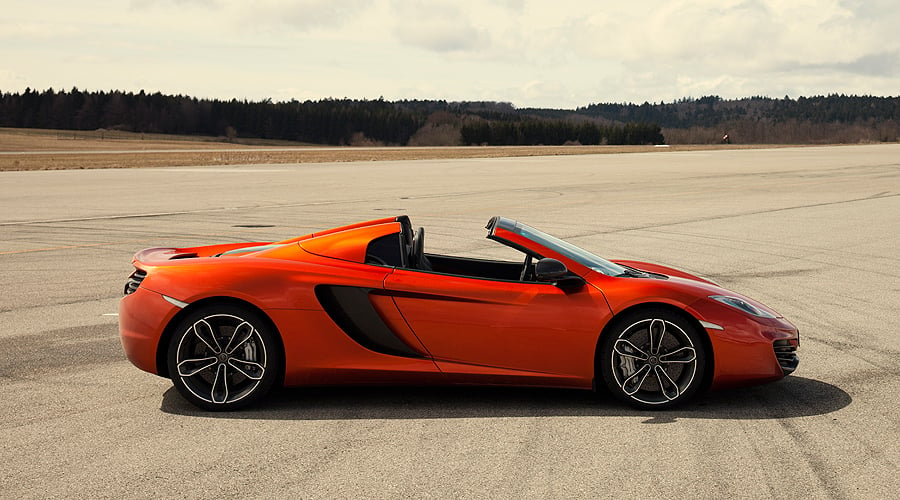
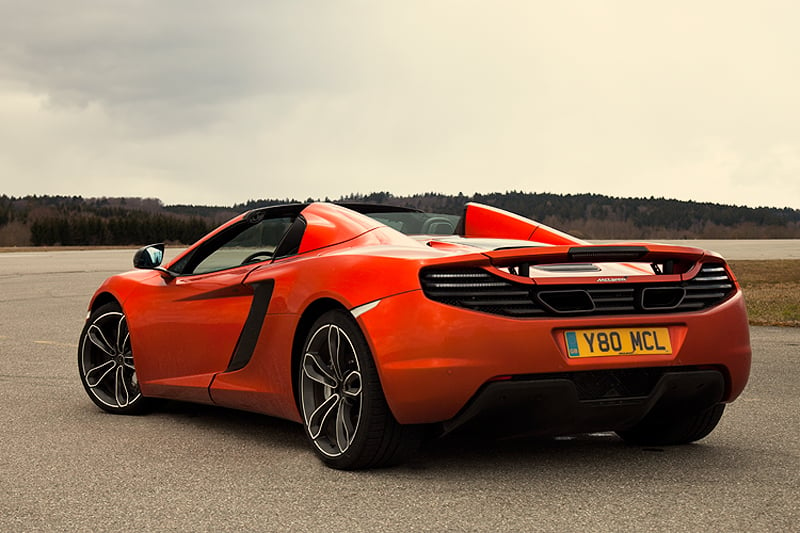
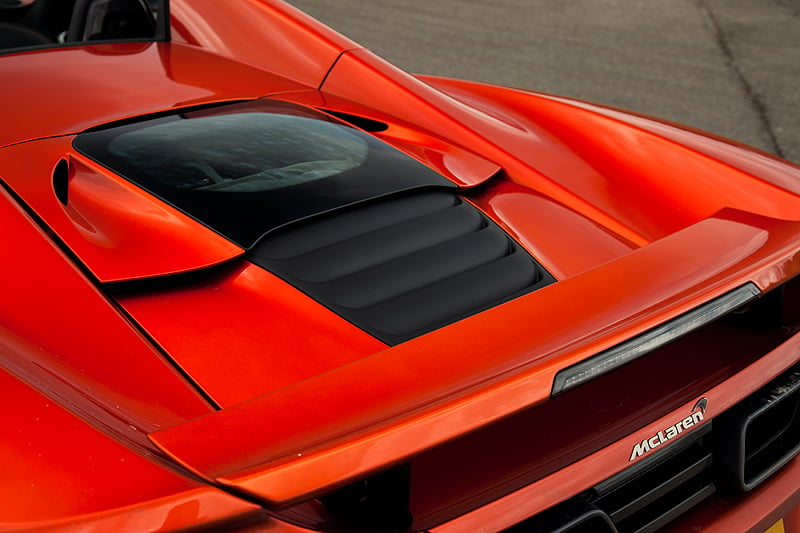
Our trip begins in Zurich, in typical April weather – sun and rain alternating by the minute. We drive on highways to the north, to the Black Forest, and discover that in ‘normal’ mode the McLaren feels meek, comfortable and almost inconspicuous – bad for small egos, but perfect if you simply want to cruise along with the traffic. But then the roads become narrow and curvy, dark firs to each side of us and the occasional, sudden patch of fog. We tighten up the suspension, switch the seven-speed gearbox to manual mode and, with roof still up, we lower the rear window (a special McLaren trick) and start to playfully explore the characteristics of throttle, brake and steering.
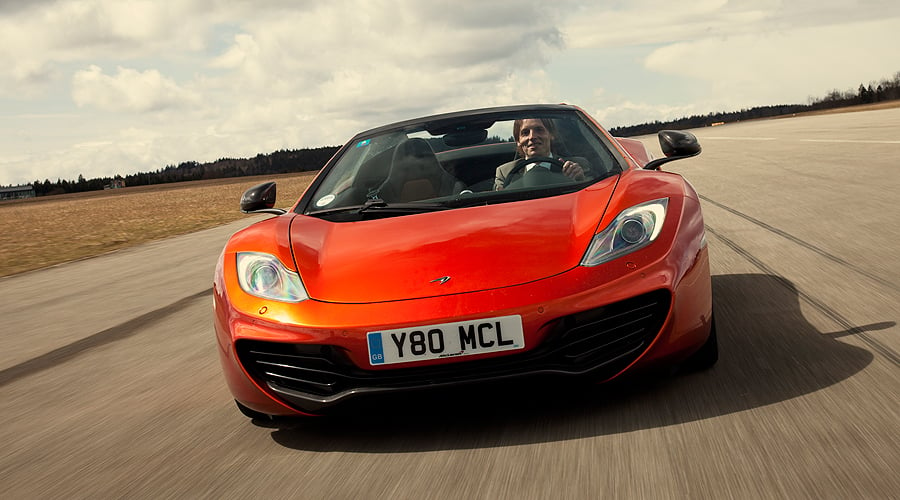
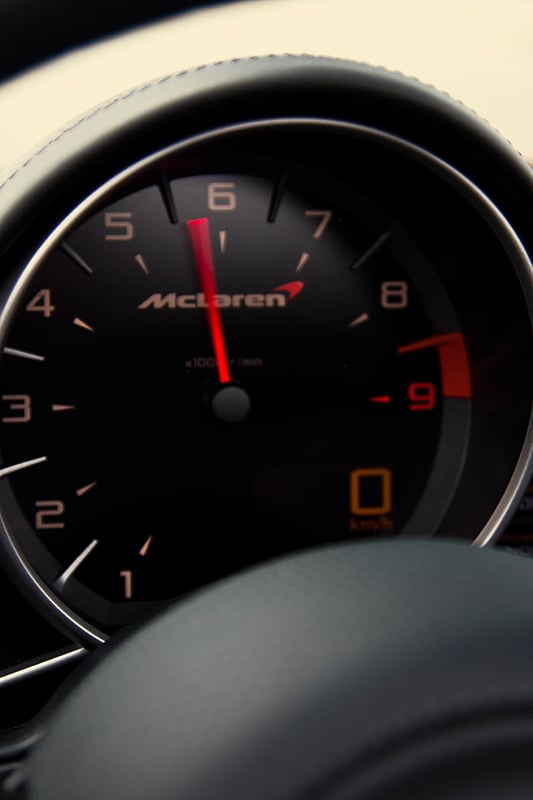
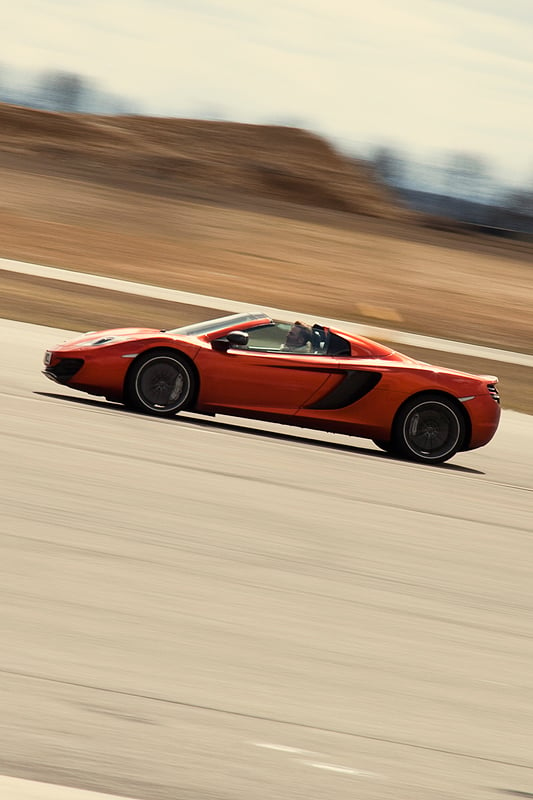
All at once, with that rear window open, we’re surrounded by the roar of the engine, from the whistle of the turbo to the scratching and hissing on downshifts. Wiper blades working, rain pattering on the roof, and as the V8 comes slowly up to ideal operating temperature, the cool, forest-scented air flows into the cockpit. The McLaren is easy to direct with smooth precision – light inputs from your fingers and toes are enough to thread the car through the bends. Even under 2000rpm, there is huge torque available – and perhaps you can start to see why the coupé was sometimes criticised as ‘too perfect’. Then, as the first rays of sunlight break through the branches, we finally lower the roof.
On highways and at high speeds (the Spider can top 200mph), it might well be stormy in the cockpit – but this is part of the emotion that the coupé’s critics claimed was lacking. We find a long, deserted straight on which to try full acceleration from rest. As the Spider shoots forward, V8 roaring and tyres biting the road, there can be no more talk of soullessness: this is the real thing.
|
Related Links Configure your McLaren 12C Spider at www.mclarenautomotive.com Many classic and modern McLarens can be found in the Classic Driver Marketplace |
Photos: Jan Baedeker












